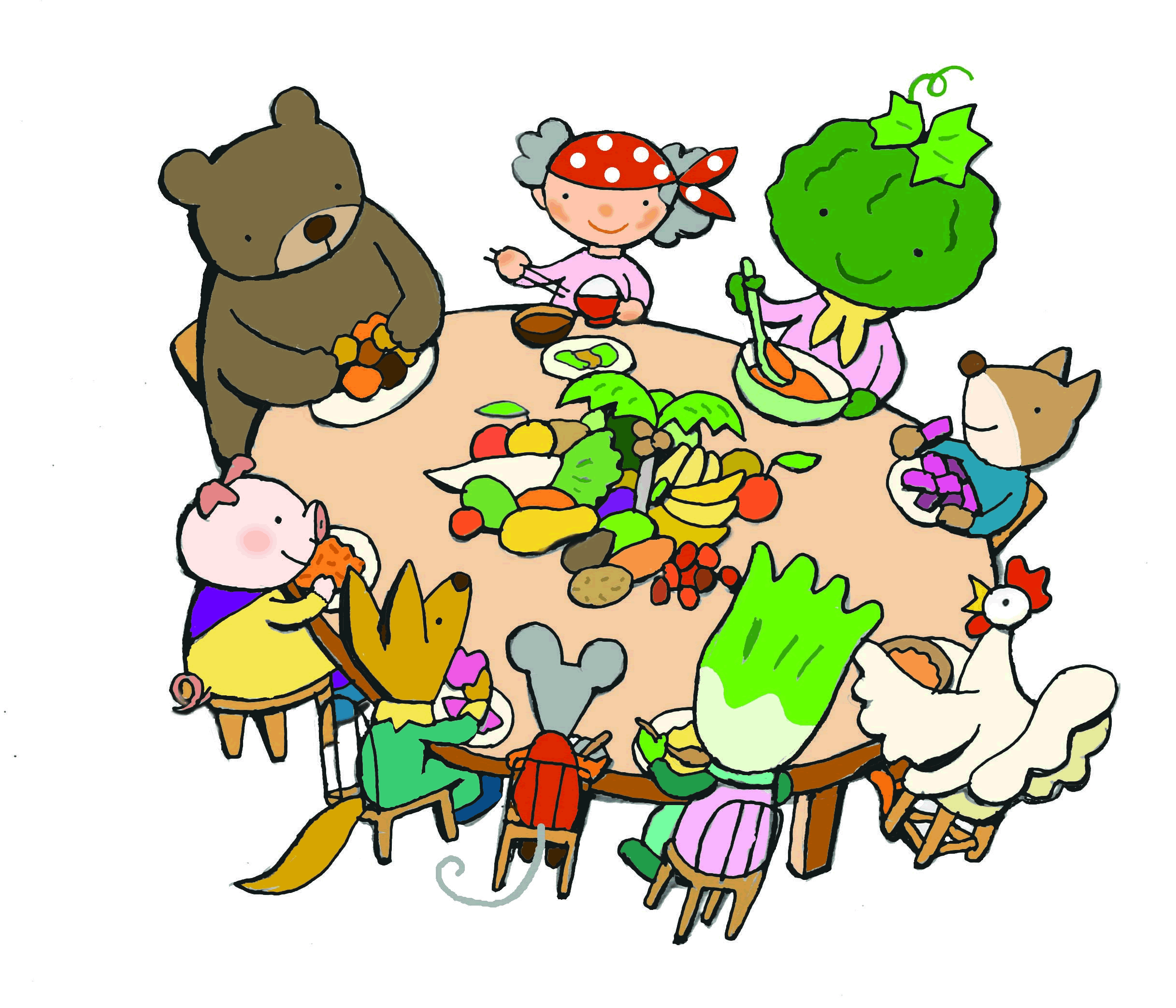Epidemiological Studies Show a Rapid Increase in the Occurrence Rates of Thyroid Cancer
CUJ interviewed Okayama University professor Toshihide Tsuda, who published an epidemiological study on the occurrence rate of thyroid cancer in Fukushima prefecture in October, 2015. Dr. Tsuda is known for his expert opinions on a range of pollution related cases, including the Minamata disease. He held a press conference on October 8, 2015 to discuss the findings of his team, revealing a rapid increase of 20-50 times in the rate of thyroid cancer among infants in the disaster-stricken prefecture compared to national levels. While media in other countries published reports about his concerns, the Japanese press did not seem to take his warnings seriously.
Q: What can you say about the health risks associated with the Fukushima nuclear accident in 2011?
A: It hasn’t been reported much, but a risk assessment was done in 2013 by the World Health Organization (WHO). They noted that the health risks involve thyroid cancer, leukemia, breast cancer and other types of cancer. We have now reached the incubation stage when it would not be strange or surprising to begin to observe the frequent occurrence of thyroid cancer or leukemia.
When we calculated the rate of thyroid cancer that was found in medical examination of infants and children younger than 18 years old in Fukushima prefecture, there is a large area, excepting the north-eastern towns, where the occurrence rates are 20-50 times higher than the national average. We also note that this is happening at a faster pace than we had expected. Also, from the Chernobyl accident, we know that the rates continue to increase beyond when people reach 18 or 19 years old, so we can expect the same for Japan in the years to come. In my view, since the rates are already high in the southern parts of Fukushima prefecture, we also ought to examine children in neighboring Ibaraki prefecture.
Q: Meanwhile, the government is saying that it is difficult to conclude that the nuclear accident is the cause of the frequent occurrence.
A: It is clearly proven that radioactive Iodine easily gets concentrated in the thyroid gland and that it is a major cause of thyroid cancer. It is also clear that radioactivity can cause other health problems and diseases. But for each case, we won’t have the actual proof until people start dying, which is obviously too late. I don’t know what the people in charge should be doing or saying. I suppose it is best to follow the same protocol as when we have a large-scale food poisoning case. We should be defending the health of the people; that is the first rule. So, while we assume that damage has already been done, I think we need to do more.
Q: What can we do as citizens?
A: Even if you can’t move away from the areas in question, there are ways to reduce the exposure as much as possible. It is important to be aware of the amounts of radioactivity in the place you live. It seems that right now, there is not so much sharing of ideas going on. But as time goes by, with a continued increase in occurrences, we may even run out of operation equipment. At present, about one student in every high school in Fukushima prefecture is diagnosed with thyroid cancer, but there are places where it is as high as three students already. Soon that number could be one child in each class.
When we are talking of probabilities, there is a huge difference after you have been told that you have cancer. Then your number is 100%. It is also true that while people rarely die from thyroid cancer, you will have a scar for life after the operation, and you will have to take medicines. The problem is not that it can be removed through surgery. What we should do is to prevent the frequent occurrence of this disease through proper measures.
Read more:
The Mainichi: Experts divided on causes of high thyroid cancer rates among Fukushima children
The Japan Times: New report links thyroid cancer rise to Fukushima nuclear crisis
PBS Nova: Study Suggests That Children Exposed to Fukushima Accident Are Developing Thyroid Cancer
(Interview by Yoko Sugiura. Article first published in CUJ’s newsletter Shouhisha Report No.1582 Feb 20, 2016)



